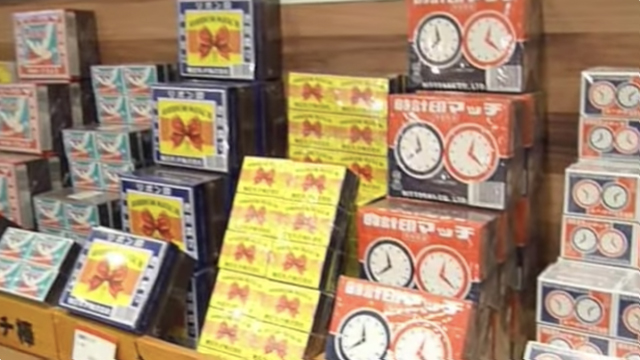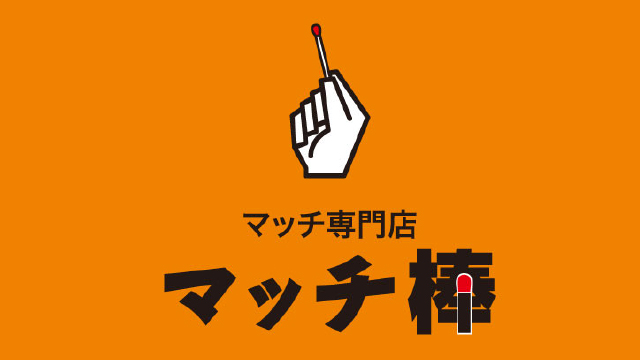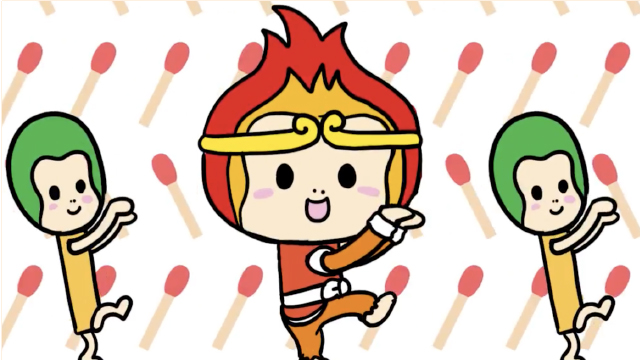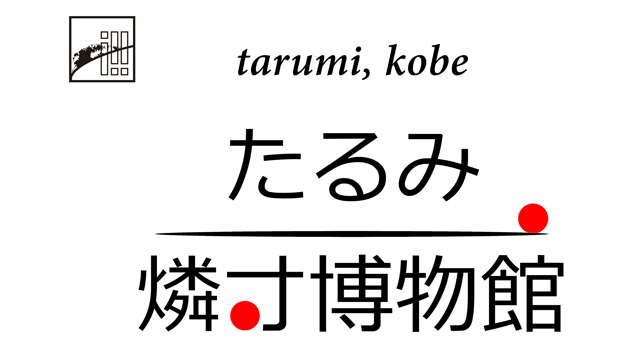Column
HOME > Virtual Museum > Column > No. 1 label made in Japan
Various Labels
Match labels are called “rinpyo (in Japanese),” “match letter (in Netherlands),” or match paper” by the match collectors. The labels that all collectors are dying to have are those made in the early time of match production, which is called “kohyo” by hobbyists, and collectors are willing to pay large sum of money to buy half rotten labels at an exchanging meeting. But it was only a long time ago that hobbyists collected match labels: now nobody can find match labels made in the early time no matter where they look, for instance at antique shops, antique markets held in shrine, or at antique book shops, etc. Probably, only place you can see these “kohyo” is the Label Album in Rankei Library, where the old labels are shown spectacularly. “Kohyo” is not the word with strict definition, but we think “kohyo” are labels made before 1890’s (Meiji 20’s). Because matches were already popular commodity around 1890’s: matches were not only abundantly supplied in Japan those days, but also they were exported to overseas: about several billion to 9 billion pieces of matches were produced annually in Japan, and approximately 80% of the output was exported to China, India and South East Asia. While match production was active, many match companies were established, and designs of rinpyo (match labels) were diversely created: as gigantic amount of rinpyo were printed around that time, it is still possible to find some of them. However, rinpyo that were printed before 1890’s (Meiji 20’s) are hard to find since the match business was not soundly established yet those days, so they are valuable. Match collectors (airinka or rinpyoka in Japanese) usually determine the antique value of labels by calculating how many of them were printed for how long, and classify the rareness of the labels: the rarer the label is, the more value it has. The whole collection of kohyo will be shown in the museum some other time. And at present, we like to show registered trademark matches (honpyo), advertising matches, and premium matches used for advertisement of cigarette, and No. 1 memorial match made by Match Label Collectors’ Association to honor the exhibition event.The registered design No. 1: Crouching Lion (Nejishi in Japanese)
 Trademark bulletin : the first trademark of match label is shown in the first bulletin. During Meiji era, the match was categorized as No. 51, friction wood.
Trademark bulletin : the first trademark of match label is shown in the first bulletin. During Meiji era, the match was categorized as No. 51, friction wood. Seisuisha’s crouching lion : The trademark No. 1 design was registered in 1885 (Meiji 18). This was the archetype that influenced many subsequent match labels.
Seisuisha’s crouching lion : The trademark No. 1 design was registered in 1885 (Meiji 18). This was the archetype that influenced many subsequent match labels.
 Jönköping’s trademark, “Lion” in Sweden : This is the original design of Seisuisha’s trademark.
Jönköping’s trademark, “Lion” in Sweden : This is the original design of Seisuisha’s trademark.
 Seisuisha’s large label, “Crouching Lion” for box of one dozen matches : the label was printed in multi-color at the end of Meiji era (beginning of 1900’s).
Seisuisha’s large label, “Crouching Lion” for box of one dozen matches : the label was printed in multi-color at the end of Meiji era (beginning of 1900’s).
Advertising matches given away by Tamatsuka Store
After brand matches, we like to show advertising matches that started around 1889 – 1890 (Meiji 30’s): the first give-away match in 1893 (Meiji 26) was the one with name of Tamatsuka Store, the stockbroker. This was given away at the exhibition hall at the Ueno Park, where “Welcome Home party” for Yasumasa Fukushima was held to praise his feat of traversing the Siberia’s grand snow land by himself. The Tamatsuka Store was founded in 1891 (Meiji 24) and later reorganized as Tamatsuka Stock Company. By the way, Yasumasa Fukushima had great talents in gathering information: in 1892 (Meiji 25) he was ordered by Army Department of the government to collect confidential details about Siberia where the political situation was quite unstable. He traveled alone from Berlin, Germany to Vladiostiok spending one year and four months, and investigated the region to find whether it was advantageous for Japan to build the Siberia railroad there. After he came back to Japan, he was assigned to the strategist of the first troop during War of China-Japan (Nisshin War), and to the strategist of the main troop during War of Russia-Japan (Nichiro War). The first premium matches were given away by Murai Brothers, Ltd., tobacco dealer in Kyoto, with their company’s tobacco picture on the label, at the army maneuver in Kinki region (around middle part of Japan) in 1895 (Meiji 28), after the Russia-Japan war. “Celebration of Victory” manufactured by Kouseisha : the first advertising label in Japan in 1893 (Meiji 26).
“Celebration of Victory” manufactured by Kouseisha : the first advertising label in Japan in 1893 (Meiji 26). Siberia map where Colonel Fukushima traversed : made by Nakayama, and was issued around 1897 (Meiji 30)
Siberia map where Colonel Fukushima traversed : made by Nakayama, and was issued around 1897 (Meiji 30) Siberia map where Colonel Fukushima traversed : made by Horibegumi, and was issued around 1897 (Meiji 30)
Siberia map where Colonel Fukushima traversed : made by Horibegumi, and was issued around 1897 (Meiji 30)
Murai’s Tobacco Label, “HERO”
 Iwatani Company’s Tengu (ogre) match, “Giant Tengu”: premium match for cigarettes. 50 pieces of large sized cigarettes was 10 Sen.
Iwatani Company’s Tengu (ogre) match, “Giant Tengu”: premium match for cigarettes. 50 pieces of large sized cigarettes was 10 Sen. Hero: match for cigarettes, which Murai Brothers Company gave away in 1895 (Meiji 28)
Hero: match for cigarettes, which Murai Brothers Company gave away in 1895 (Meiji 28)
 Hero: match for cigarettes, which Murai Brothers Company gave away in 1895 (Meiji 28)
Hero: match for cigarettes, which Murai Brothers Company gave away in 1895 (Meiji 28)
 Paper-rolled tobacco Hero : match for cigarettes, which Murai Brothers Company gave away for advertisement.
Paper-rolled tobacco Hero : match for cigarettes, which Murai Brothers Company gave away for advertisement.
 Paper-rolled tobacco Hero : match for cigarettes, which Murai Brothers Company gave away for advertisement.
Paper-rolled tobacco Hero : match for cigarettes, which Murai Brothers Company gave away for advertisement.
Memorial match of the Rinshikinshukai (collectors’ club)
 Give away match to commemorate the Tokyo Business Exposition : Yakko match by Fukuyama Hekisui, which was given away by match collectors’ association to commemorate the match label exhibition in 1907 (Meiji 40).
Give away match to commemorate the Tokyo Business Exposition : Yakko match by Fukuyama Hekisui, which was given away by match collectors’ association to commemorate the match label exhibition in 1907 (Meiji 40).



